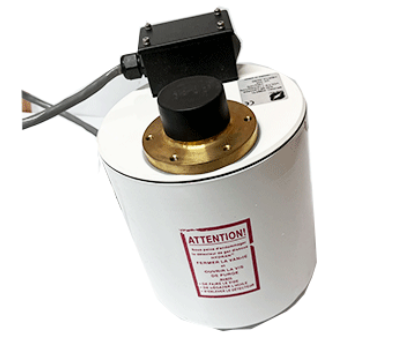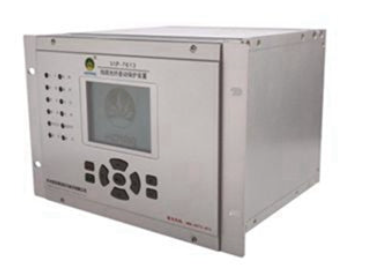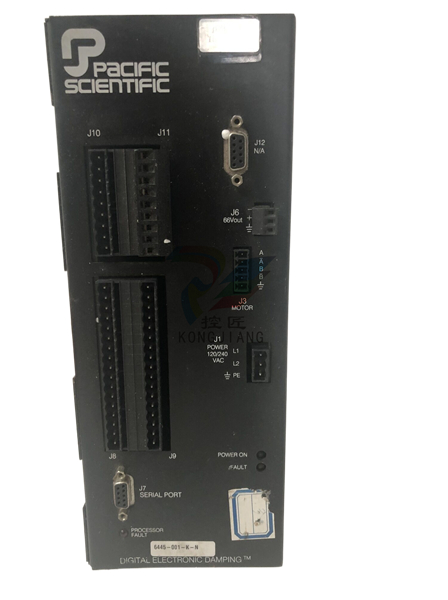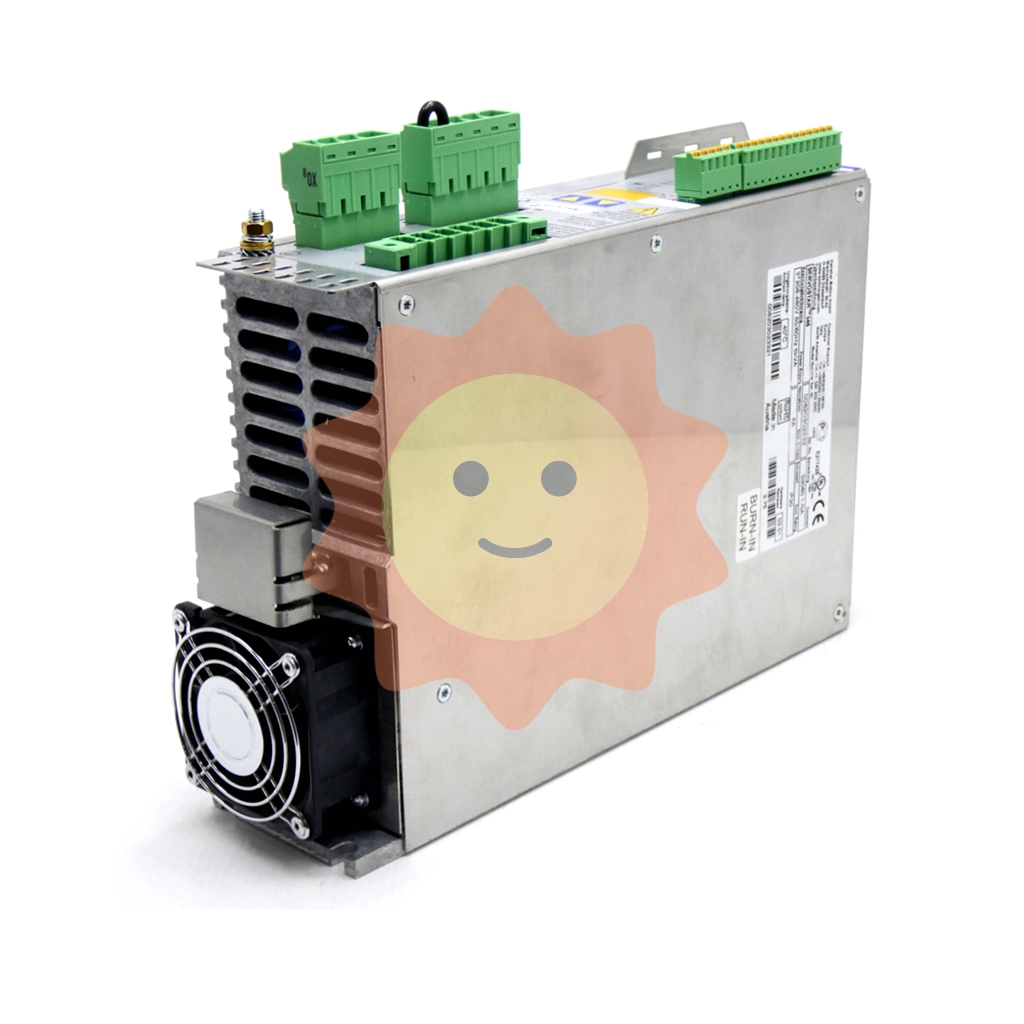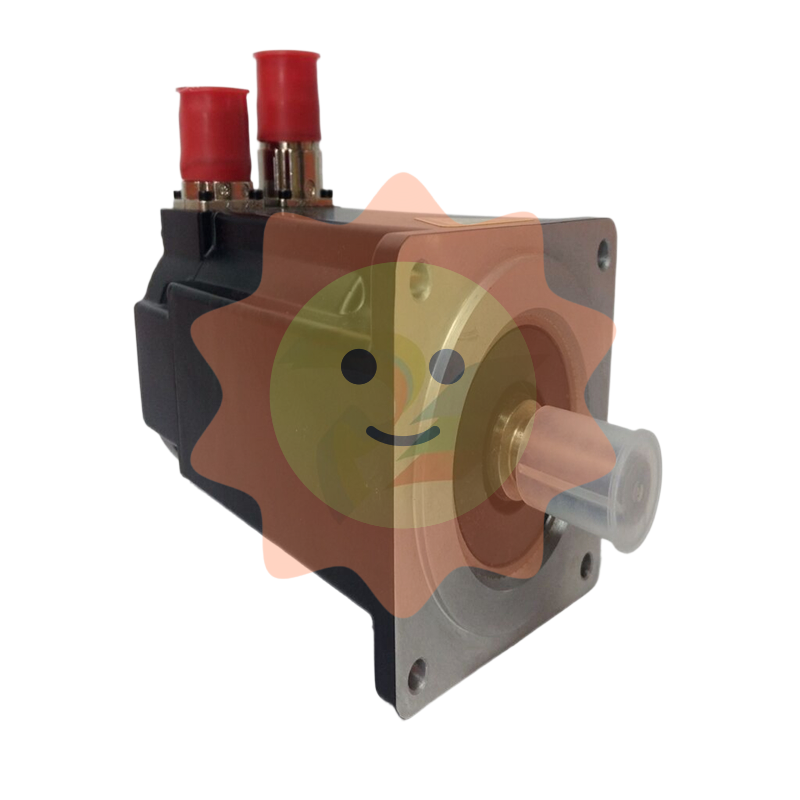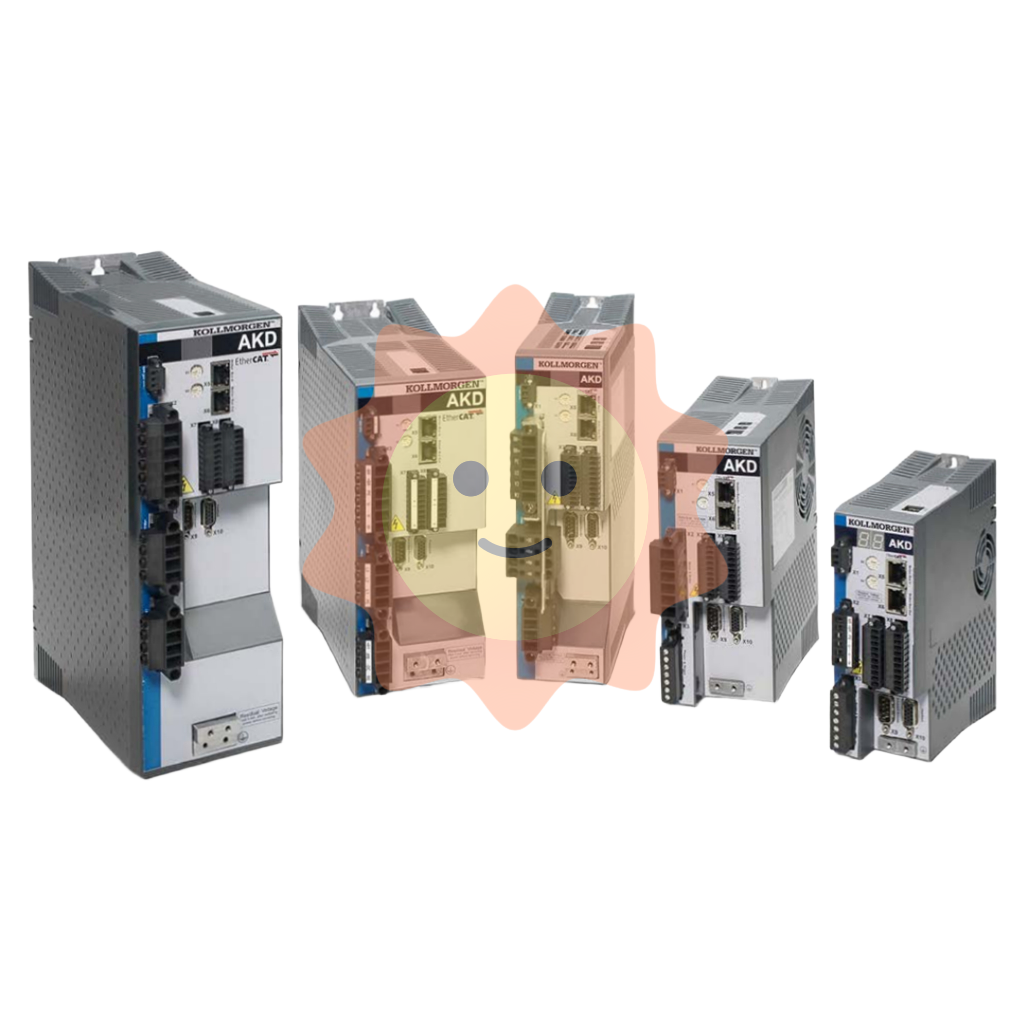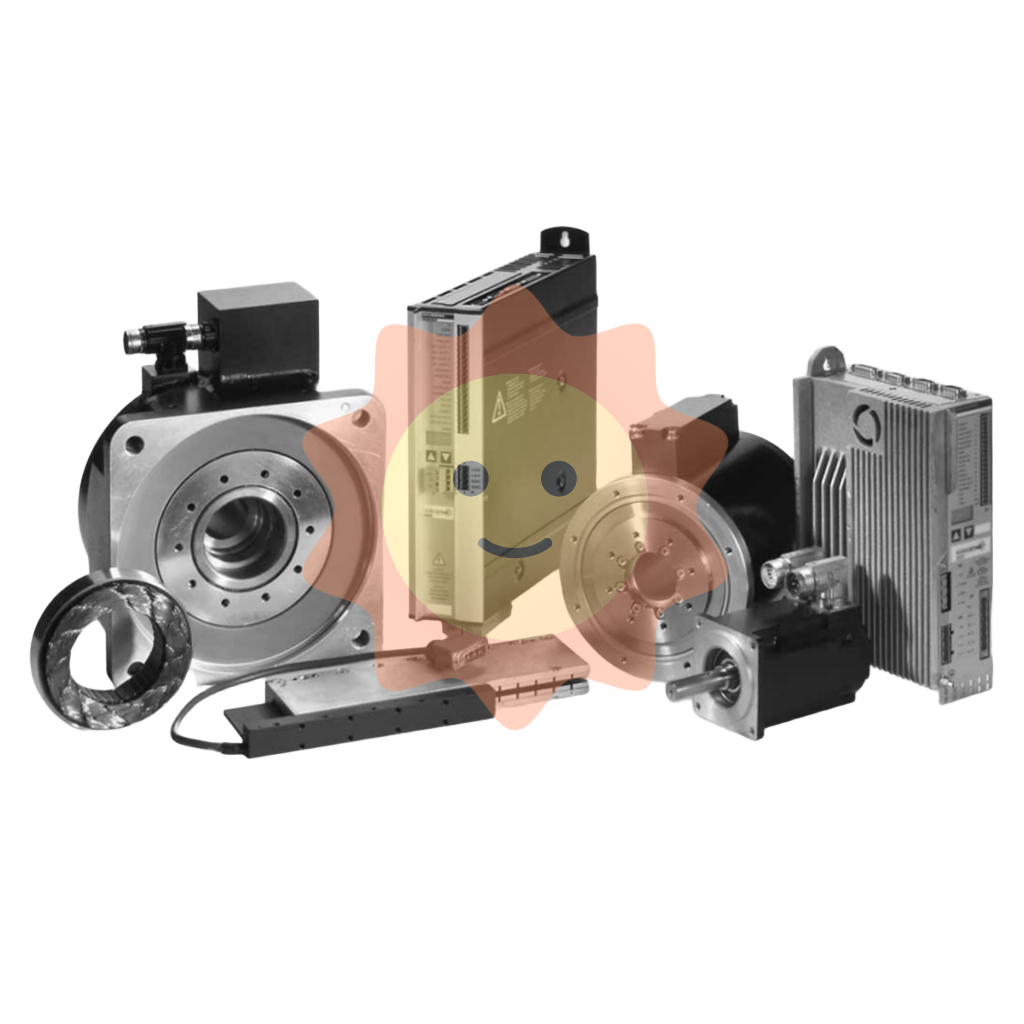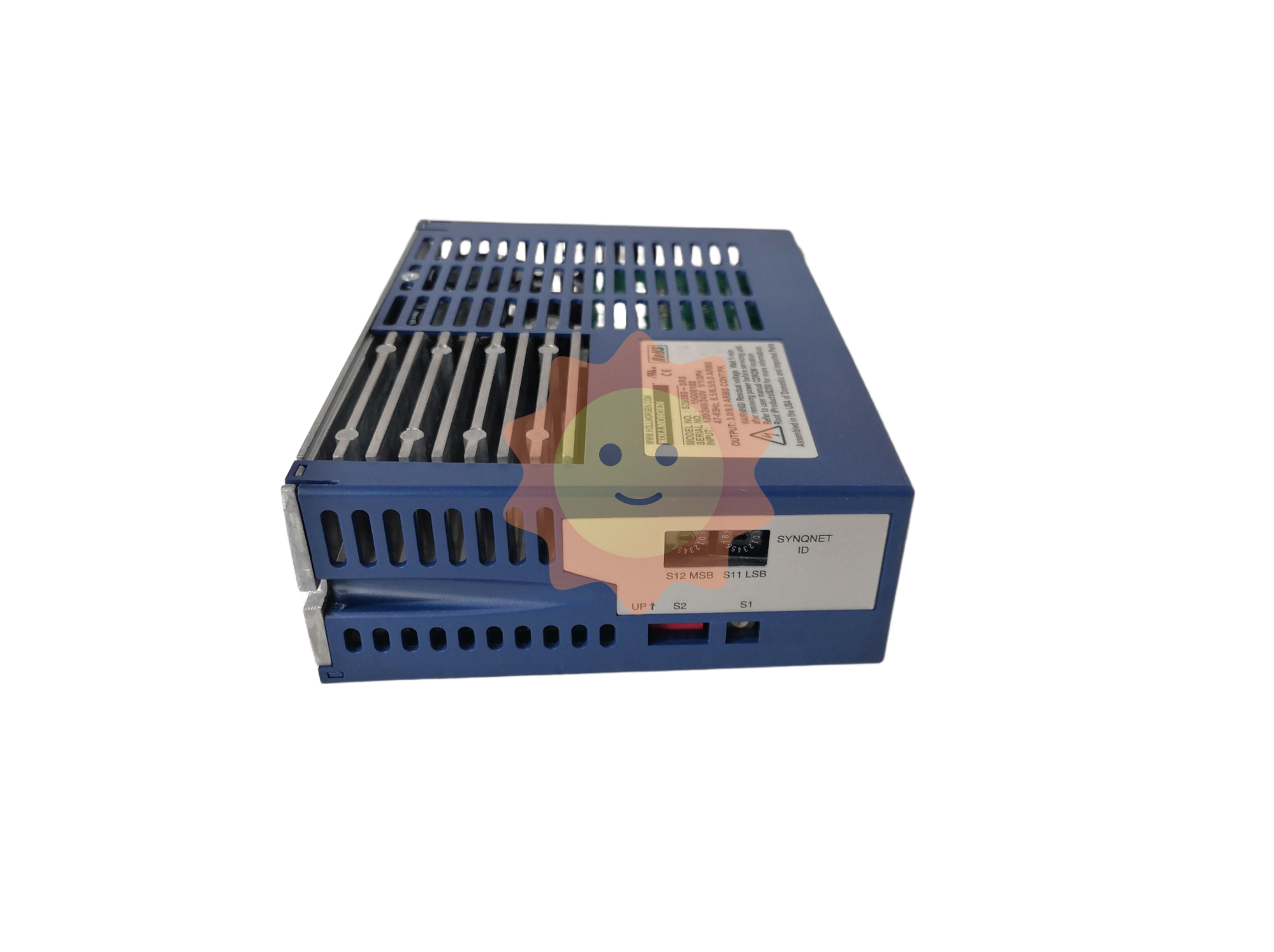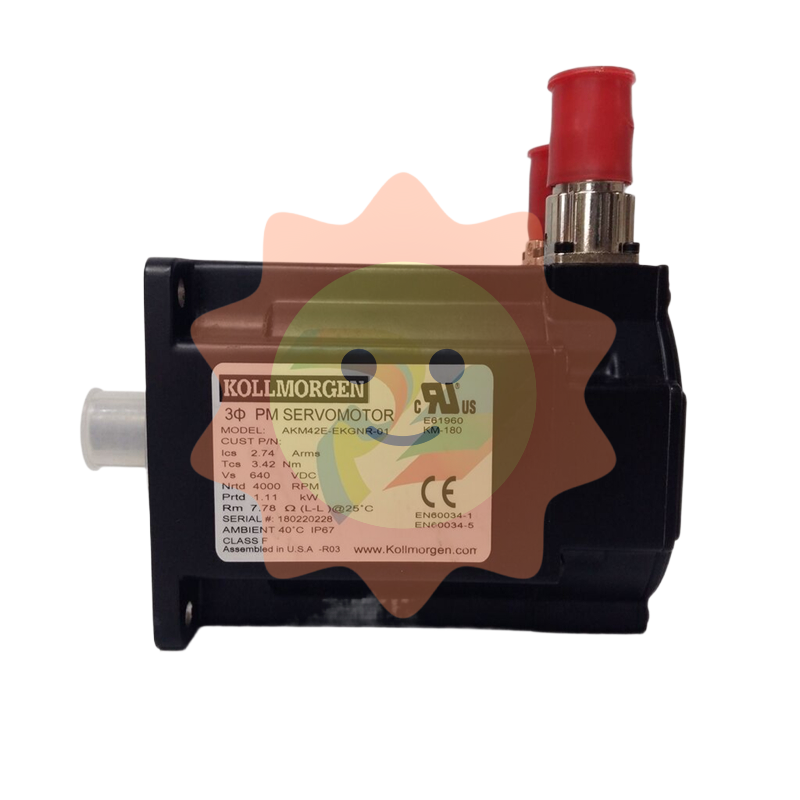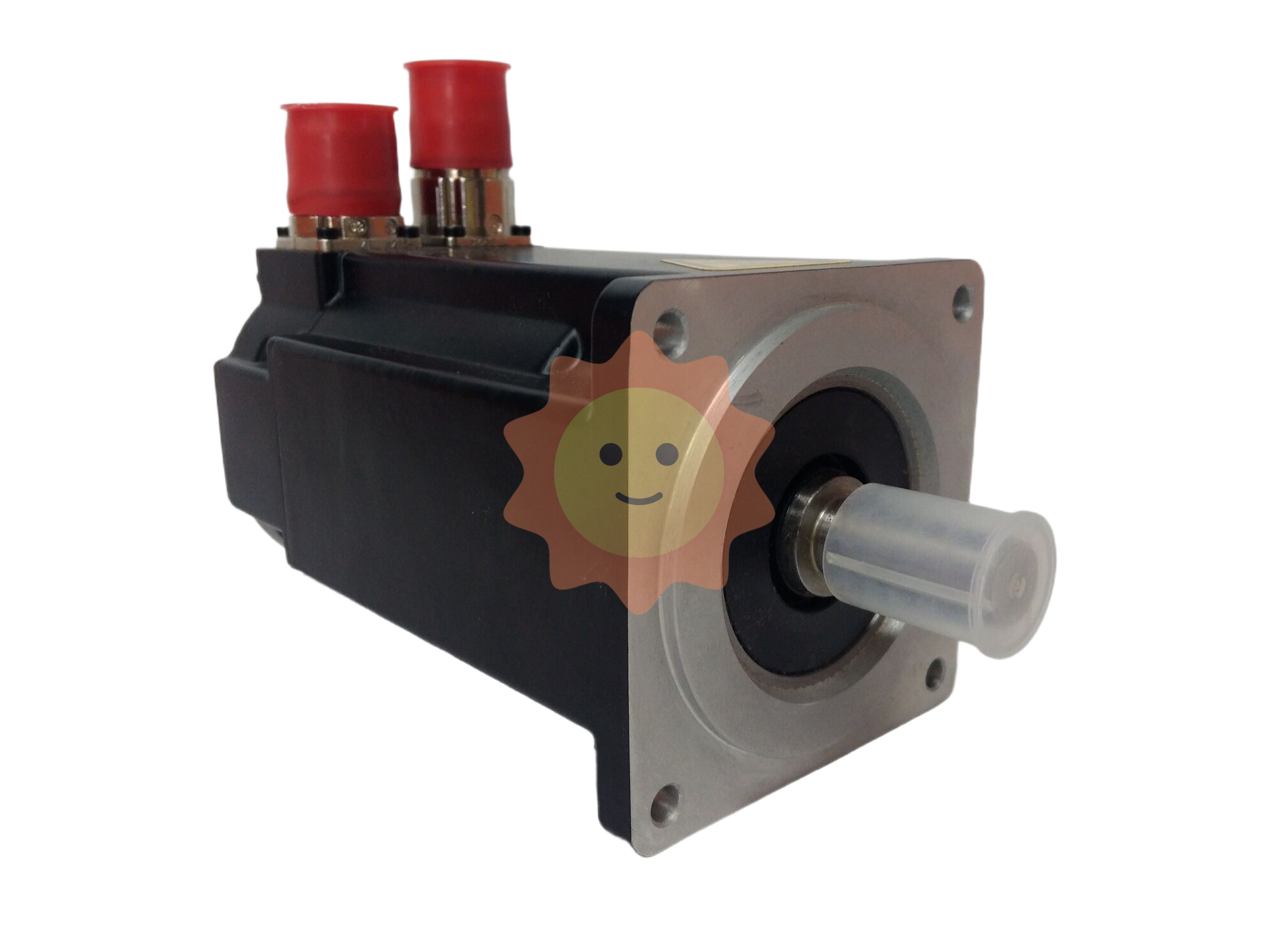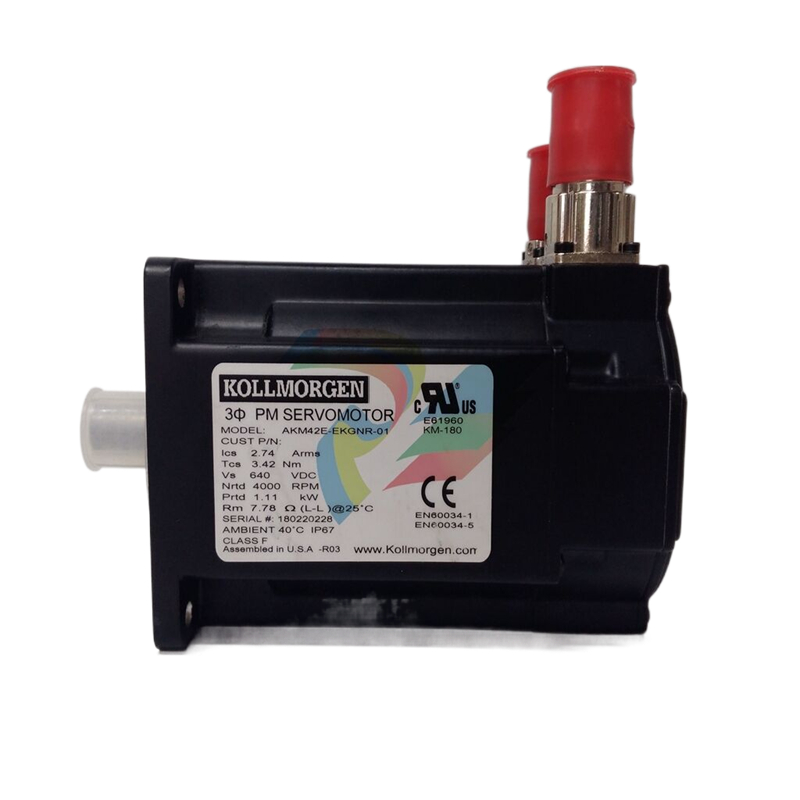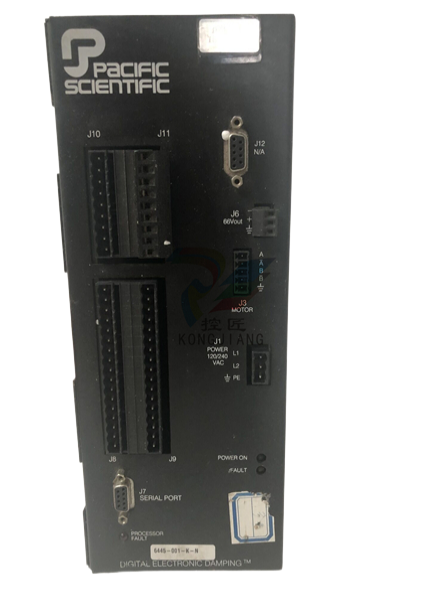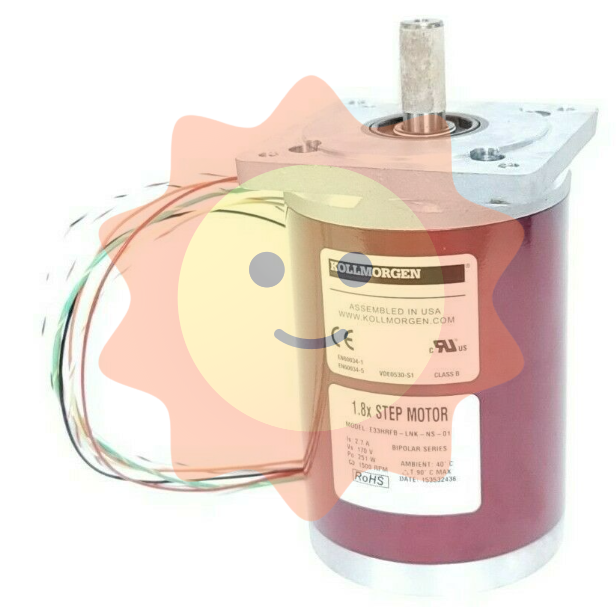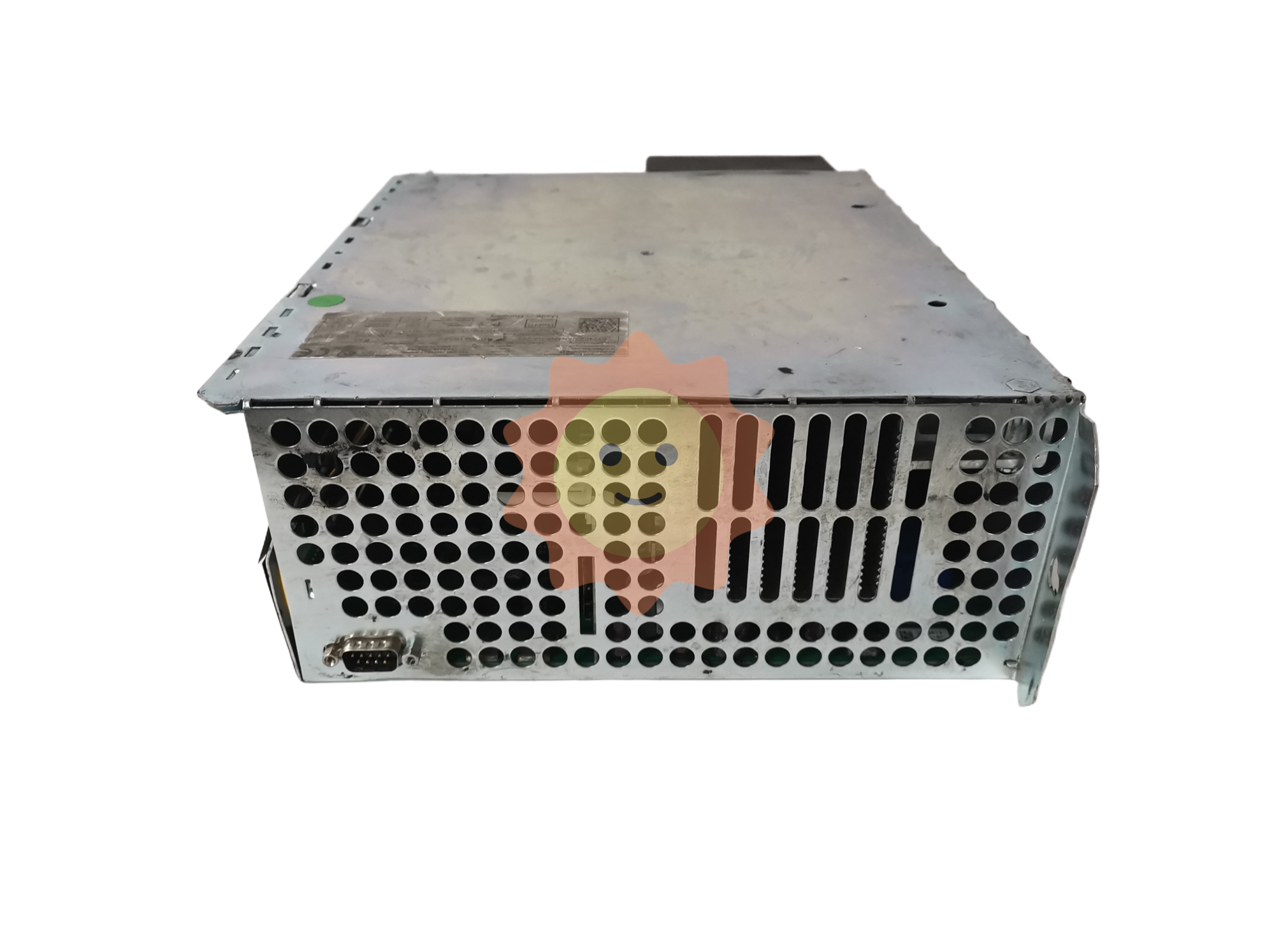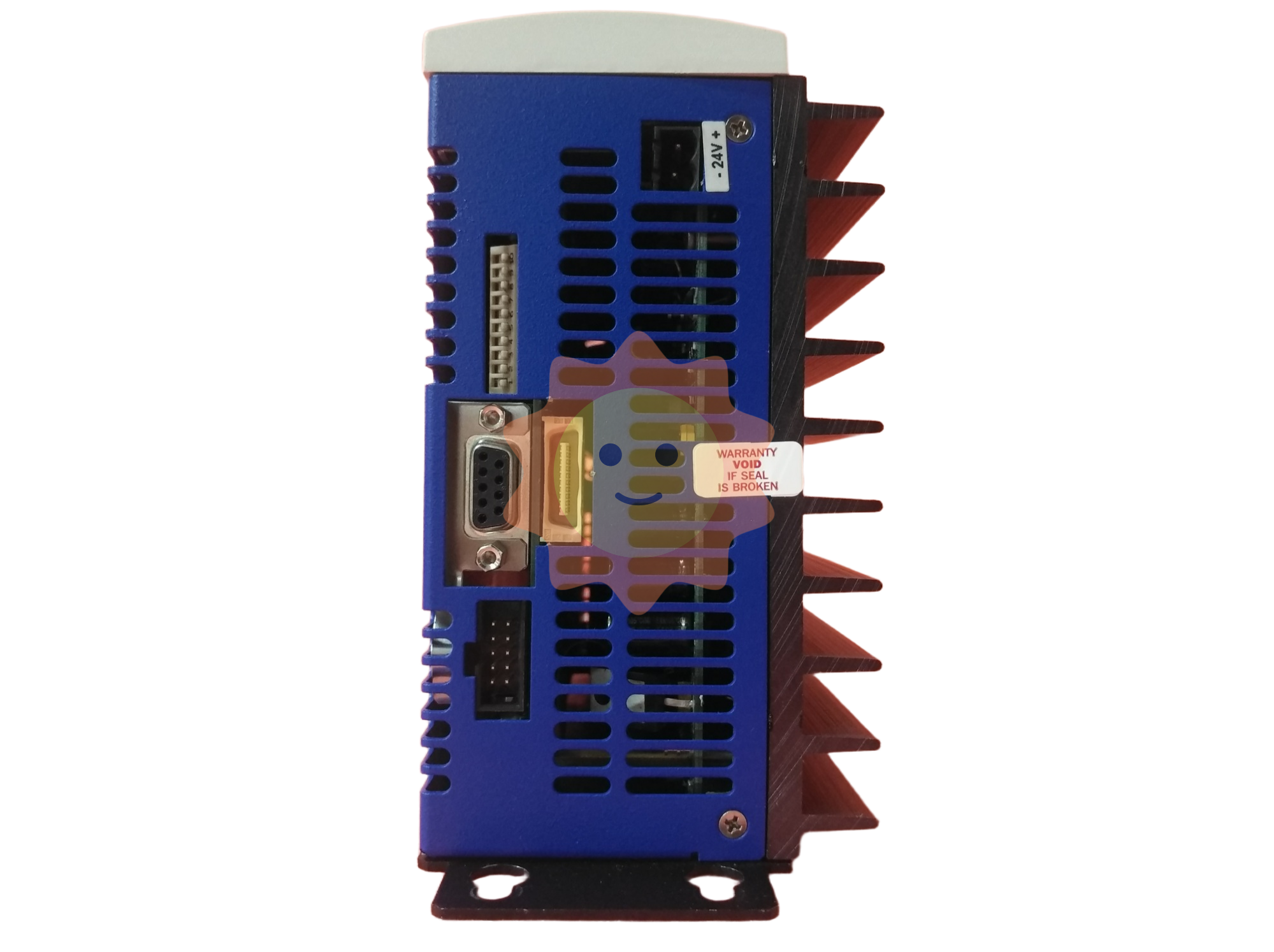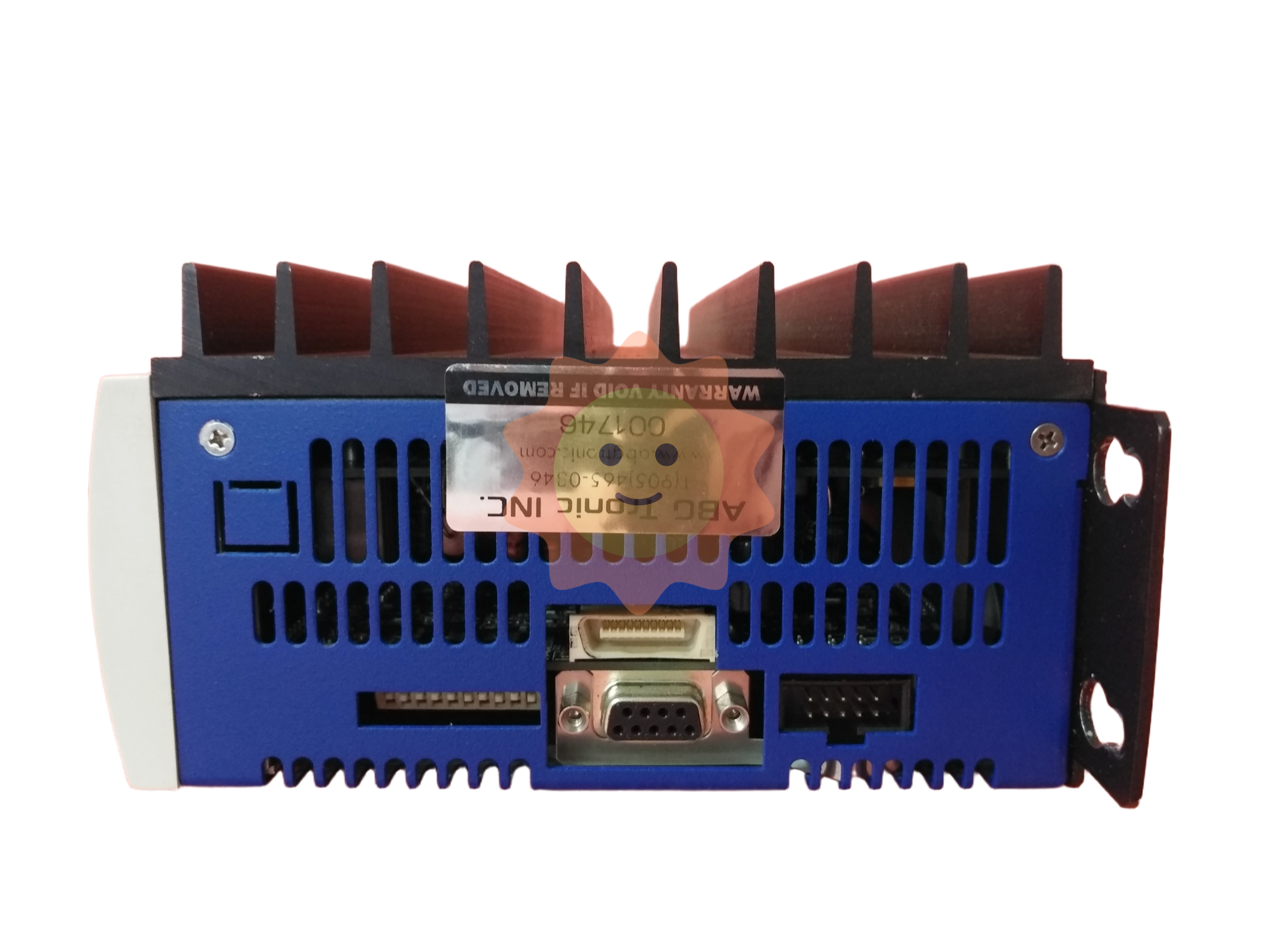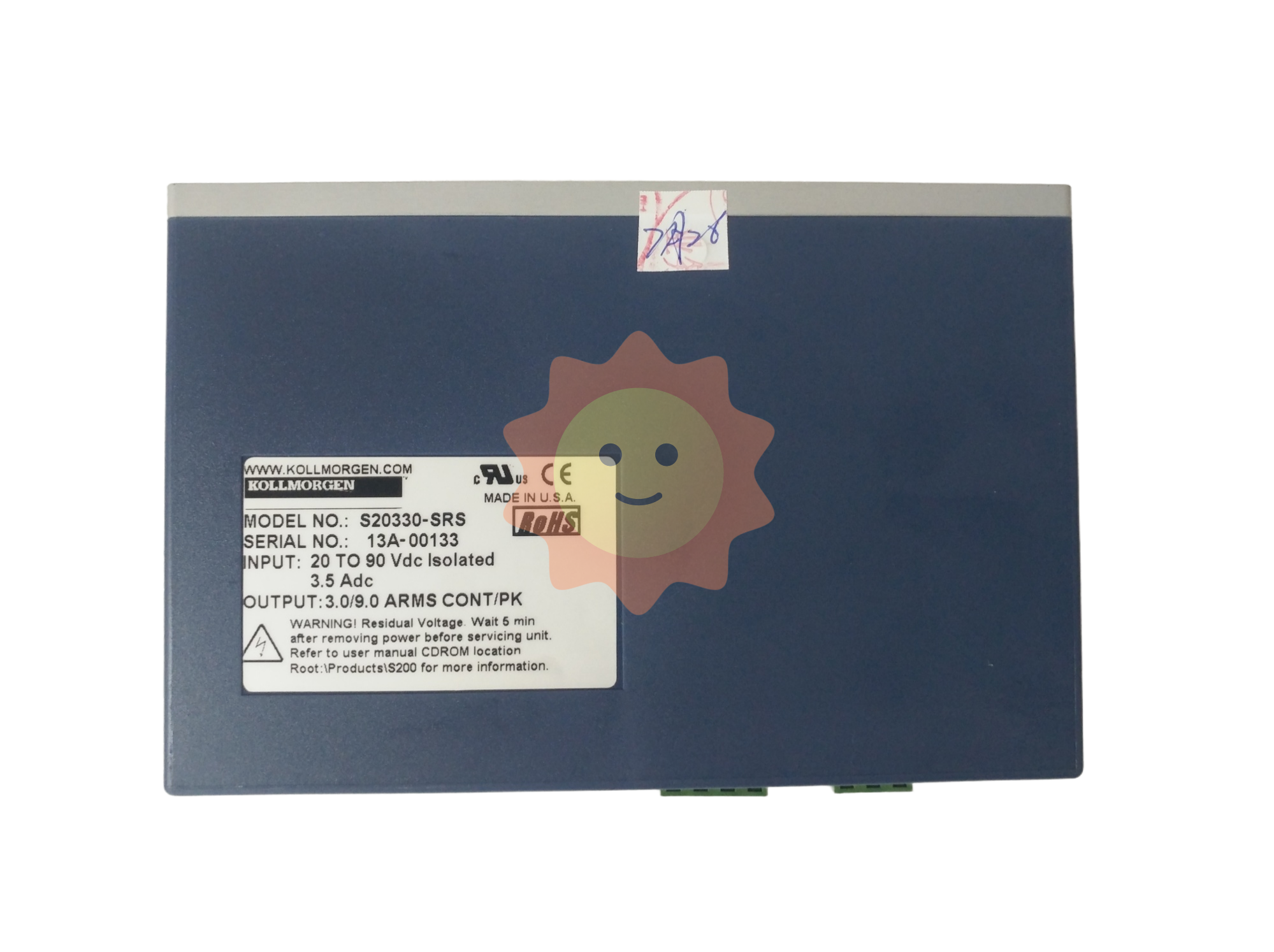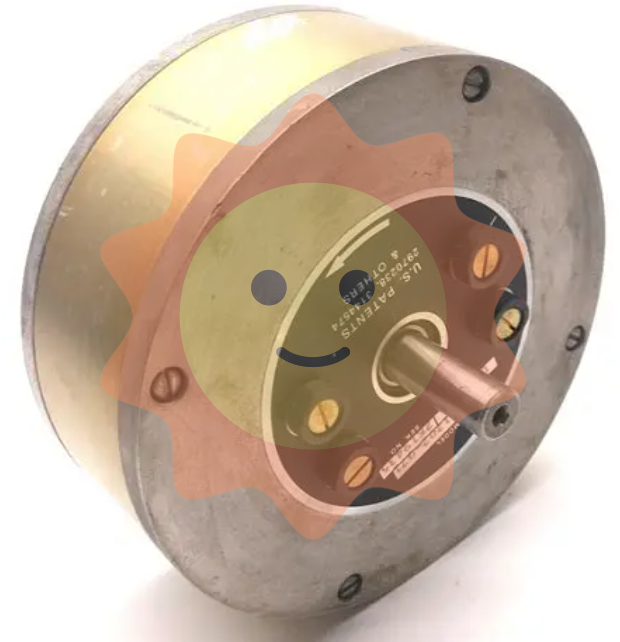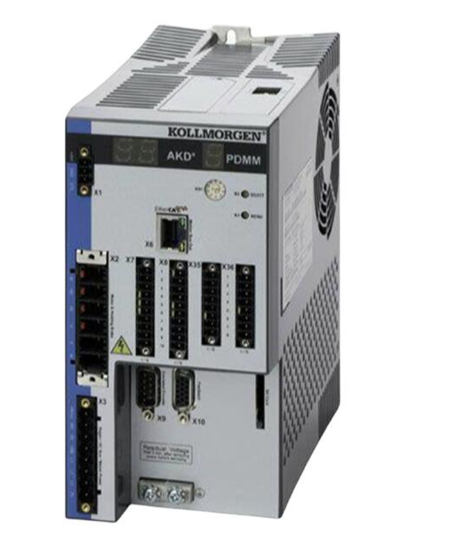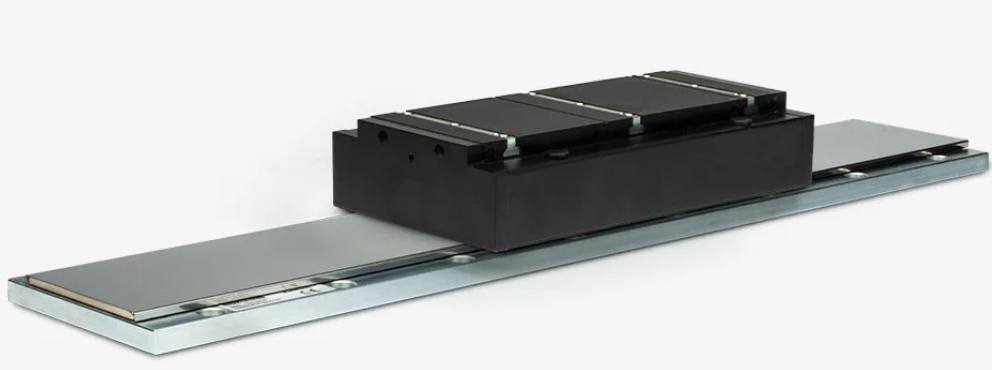What is the status of Zhejiang's traditional advantageous textile industry?
In the face of major changes unseen in the world in a century, the central government has repeatedly stressed the need to upgrade the industrial base and modernize the industrial chain. The meeting of the Standing Committee of the Provincial Party Committee held recently reviewed and adopted the action plan of the manufacturing industry base reconstruction and industrial chain upgrading project, and gave the positioning of "extreme importance, urgency and difficulty".
Over the years, Zhejiang has taken advantage of the massive economy to form a unique industrial advantage of "Made in Zhejiang", with more than 70 manufacturing clusters occupying more than 30% of the domestic market.
Textile is one of the traditional industrial chain advantages of Zhejiang Province. It is closely related to life, linking chemical fiber, weaving, printing and dyeing, chemical industry, textile machinery, clothing and other links, pulling a number of upstream and downstream enterprises in Shaoxing, Jiaxing, Ningbo, Hangzhou and other places, forming a more complete textile industry chain.
At present, what is the status quo of Zhejiang's traditional advantageous industrial chain? How far is it from "building a global iconic industrial chain"? What can the government and the market do to enhance industrial competitiveness? Recently, the reporter to the modern textile industry chain as an observation point, to the textile city of Shaoxing squat research. The problems encountered here, the direction of exploration, may bring thinking.
Printing and dyeing factory production scene.

Step out of the "positive line" of change
Under the impact of the epidemic, a relatively complete and stable modern textile industry chain has withstood the test.
In the first half of 2020, Shaoxing textile industry has stepped out of the unusual "Yang line", and the added value of Shaoxing's five traditional industries reached 37.76 billion yuan, an increase of 2.9%, accounting for more than half of the textile industry. Among them, the added value of the chemical fiber industry increased by 6% year-on-year.
"This is closely related to the advantages of industrial clusters and stable chains." The relevant person in charge of the Shaoxing Economic and Information Bureau introduced that the upstream of this industrial chain, Keqiao, Shengzhou, Shangyu have the country's well-known chemical fiber, silk, cotton yarn and other raw material production enterprises; In the middle, Keqiao Blue Print fashion Town gathers 108 printing and dyeing enterprises, with a production capacity of more than one-third of the country; Downstream, Keqiao fabric, Zhuji socks industry, Shengzhou ties and other industrial clusters, dislocation development. In recent years, Shaoxing has further clarified the layout, and the modern textile industry has developed in tandem with Keqiao, Zhuji and Shengzhou.
And with Shaoxing "step apart" Jiaxing, Hangzhou, Ningbo and other places gathered chemical fiber, weaving, home textile clothing and many other enterprises. The clusters are closely linked and complement each other, and together constitute the "central axis" of Zhejiang modern textile industry chain.
Zhuji, Datang Street, has more than 10,000 enterprises, with an annual output of more than 27 billion pairs of socks, is one of the "heart" of the global socks industry.
Take the latest design around town, you can buy yarn, find foundries, logistics providers. The raw materials are shipped, the socks machine is started, and the new socks can be launched in the online store the next day. If there is a new demand for raw material research and development, product testing, etc., you can also go to the local industrial innovation service complex - Datang Hossery Art Town, to seek the assistance of universities and scientific research institutes settled experts.
This is the daily routine familiar to the person in charge of the production department of Zhuji Karameira Company, and it is also the epitome of the local tight collaborative production mode. In this way, the efficiency of the supply chain is greatly improved, and upstream and downstream enterprises also obtain a strong sense of security. "Are any links broken, any ingredients missing?" Along the way, the reporter almost got a negative answer. Many company leaders believe that "the textile industry chain is relatively safe".
Under the impact of the epidemic, although orders have been affected to a certain extent, the stable supply has made many enterprises able to buck the trend of growth. In the first half of this year, Karamela's sales exceeded 100 million yuan, an increase of more than 25% year-on-year, attracting Huarui Investment, which has been inclined to invest 50 million yuan in the field of new technology.
The competition of the future industry is the competition of the entire industrial chain, and the latter is composed of various supply chains. In the view of Ling Yun, a first-level inspector of the Provincial Economic and Information Department who has long promoted the development of the manufacturing industry in Zhejiang, the epidemic does not occur in different regions and countries, resulting in the incoordination or supply interruption between the upstream and downstream supply chains of many enterprises in the organization of production, and all regions are rethinking the conflict between economic efficiency and economic security in the process of participating in globalization. The production organization of the manufacturing industry has gradually evolved from global procurement to a "domestic cycle as the main body, domestic and international double cycle" pattern, pay more attention to independent innovation, pay more attention to the core technology of the industrial chain, the future industry competition will also turn to the competition between industrial clusters, "modern textile industry, not only closely linked to social needs, It has also initially realized the 'internal cycle' to drive the external cycle and promote each other, becoming an important choice for us to build a trillion-class industry." Ling Yun said.

In July this year, Shaoxing modern textile industry was selected as the pilot demonstration of the national advanced manufacturing cluster, which is confirmed.
In the market competition, the safety of the industrial chain is also becoming another important weight in addition to efficiency. In the epidemic, some socks enterprises outside the province came to Zhuji due to the impact of the supply chain. The stability of the industrial chain has become the advantage of local investment.
Fashionable fabrics.
Strong sinew and strong bones in competition
A continuous optimization and upgrading of the industrial chain, so that the traditional textile modernization.
In Keqiao, Zhuji and other places, fabrics and socks, which are ordinary textiles, are undergoing "seventy-two changes". They are sometimes called household goods, home textiles, health care products, and sometimes referred to as "works of art." A wide variety of functional textiles are redefining textile products.
On this industrial chain formed by years of accumulation, when market demand is impacted, strong production capacity becomes a lingering pain. After the competition caused by production capacity intensifies, differentiated competition becomes the new choice.
"Since the impact of international trade frictions, the pressure of overcapacity has been transmitted throughout the entire industrial chain." Fu Shuangli, chairman of Yingfeng Technology, said that although it has the most complete raw material supporting, process supporting and market supporting in China and even in the world, it has not completely gotten rid of the processing model, "production capacity is expanding, and profits are thinning."
Aimed at sports, environmentally friendly textile fabrics, invested 50 million yuan to build R & D, testing center, invested 1.2 billion yuan to make printing and dyeing smart factory... These large efforts are creating value for Yingfeng technology: in the past two years, from Roman cloth to burring cloth, to antibacterial and sweat-absorbing fabrics, products dyed and finished by "Yingfeng" are leading the fashion trend of clothing consumption. In 2019, the company achieved revenue of nearly 1 billion yuan, and the gross profit margin reached more than 11%. It is understood that the profit level of textile enterprises is generally only a few percentage points, often competing with the level of bank interest rates, which is described as the pain of traditional industries.
The crisis is like a mirror, reflecting the length of the industry: the industrial chain is complete, does not mean that the industrial base is advanced.
"Every time the storm hits, a number of companies fall down, and a number of companies grow, which is a process of metabolism, but also a process of strengthening tendons and bones." The person in charge of the Shaoxing Economic and Information Bureau said that in response to the crisis, Shaoxing proposed the "Double ten double hundred" cluster manufacturing (cultivation) action plan to basically form a 500 billion modern textile industry cluster by 2022, while taking digitalization and intelligence as a breakthrough to promote the vertical and horizontal upgrading of the industrial chain and guide the road to modernization.
In the changing situation, technology and brand have become a big move for many textile enterprises to the middle and high end.
Upgrade equipment, transform technology, and seek a better position in the industrial chain. In Shaoxing Haitong Printing and Dyeing Co., LTD., the old factory has disappeared, and a high-count and high-density fabric project with an investment of 150 million yuan is being built. Production capacity is the same as in the past, but the gross profit margin per meter of cloth dyeing and finishing has increased from 5% to 10%. At present, more than half of the printing and dyeing enterprises in Keqiao have "started" transformation and upgrading projects, and more than 80% of the existing equipment has reached the international leading level.

Middle and high-end to have brand support, Zhuji Boyi textile Technology company, with European and American brands to reach cooperation, layout of the global market, is expected to 8 years sales scale from 300 million yuan to 10 billion yuan...
Towards the high-end, for enterprises, it also means to reposition in the industrial chain. "Only differentiated projects", some companies told us that this is the government's current way of controlling production capacity, but the doubts have not been eliminated: "If the general fabric is good to sell, is it only differentiated fabric?"
The reporter's research saw that industrial intermediate products such as fabrics, which are easily subject to the front and back ends, are trying to regain market control. There are fabric companies that are working with international brands to try to lead the trend. Many enterprises that focus on functional fabrics are also building a new material research and development team and creating a new production line.
In fact, today's textile industry has surpassed people's impression of traditional industries, and is becoming a fertile ground for the cultivation of new industries, so that the industrial chain form has changed from a linear chain to a three-dimensional network. Ling Yun believes that this is also one of the signs of the textile industry gradually moving toward modernization.
In the first half of this year, the output value of Shaoxing's high-end equipment industry was 105.7 billion yuan, and the output value of new materials industry was 139.5 billion yuan, while textile equipment and new materials were key areas.
Modern factory production scene.
Reinventing the commanding heights in innovation
Take the world stage as the fulcrum and reconstruct the value chain.
"The core technology is actually in spinning!" After studying a piece of cloth produced by Japanese enterprises for 3 months, Chen Mingxian, chairman of Shaoxing Dongjin Textile Company, sighed.
After more than 10 years of main assault clothing fabric and becoming a supplier of more than 100 brands in the world, Chen Mingxian feels that his technology is no less good, but after overcoming difficulties such as dyeing, film, weaving, his fabric can still only be similar. "It takes countless trials to achieve the same feature, but the technology development capabilities of the partner companies cannot keep up with the demand." Chen Mingxian said that behind a thread, the essence is that the upstream and downstream coordination of the industrial chain is not enough, and the high-end link ability is insufficient.
Whether the uneven upstream and downstream enterprises can co-exist and co-prosper is also affecting the competitiveness of the industrial chain. The dynamic balance of the upstream and downstream of the industrial chain is also being tested at this moment.
Zhuji Datang, Boyi company head Xu Xu guang also in trouble. Although the automatic hosiery machine produced by Zhuji enterprises has reached the world's leading level, it is still mainly a flat machine and lacks high-end functional hosiery machines. "The grade of raw materials affects the added value of products." According to his observation, high-end socks in the global market share is small, but the majority of profits, "to build the whole industry chain is just a 'shell', we must really occupy the commanding heights of the industry chain."

This commanding height is the commanding height of international competition with the world stage as the fulcrum. "The value chain and industry chain should be integrated more closely to demonstrate a stronger ability to add value," Chen said.
Compared with the new benchmark, the lack of core technology breakthrough ability and the lack of collaborative innovation ability of the industrial chain are generally reflected by enterprises. Leading enterprise zipper, advantageous enterprise traction, government-enterprise linkage integration of complementary resources...... Some new trends in the layout of industrial chains around innovation chains and value chains are emerging simultaneously.
Textile market in Keqiao, Shaoxing.
The reporter observed several industry leaders frequently. In the field of chemical fiber, powerful enterprises or shares in petrochemical, refining and chemical projects, the upstream expansion of the industrial chain, or the acquisition of small and medium-sized enterprises for technological transformation, the downstream extension of the industrial chain, in Keqiao, the annual output of chemical fiber 1.2 million tons, production capacity ranked 7th in the world's Tiansheng chemical fiber decisive action, this year to acquire 7 printing and dyeing companies, enhance the industrial chain polymerization degree.
In the field of weaving, "Boyi" and "Eastbound" coincide, a small industrial chain that is ready to start from the source of cotton planting, build raw material functional development, original design, weaving, brand building, sales and display, and a synthetic fiber project to create a "super factory", forming a self-circulation chain in some links.
In the view of many entrepreneurs, as long as it can enhance international competitiveness, it can be regarded as a strong chain chain model. Chen Mingxian in particular mentioned a few years ago, when the Shaoxing printing and dyeing industry and other links loose, often outbreak of quality problems, then the government led to change the model, encourage processing fees to earn dyeing factories also do distribution, the quality of the two years has been greatly improved.

For the construction of these small industrial chains, all places are happy to see their success, but also through the spatial layout reshaping, to build a modern textile industry ecosystem.
Keqiao, Saddle town, Blue print fashion town. On 3.5 square kilometers of land, 57 printing and dyeing projects have gathered, and the sales output value of 23.1 billion yuan in 2019. At present, with the development of a new round of cross-district textile industry gathering and upgrading action in Shaoxing, five groups composed of 34 printing and dyeing enterprises in the Yuecheng district are centralized relocation. Water, electricity, steam (gas) and other supporting projects, synchronously start construction.
"In addition to printing and dyeing, chemical companies are also moving to Shangyu for cross-regional agglomeration." According to reports, Shaoxing will also integrate innovative resources such as universities, industrial research institutes, and enterprise research and development centers according to "a cluster and a complex" to enhance the competitiveness of regional industrial clusters and promote the formation of a broader system of division of labor and cooperation.
At present, in the changing market, enterprises in the modern textile industry chain, innovation has long become a consensus. The window period of industrial modernization has come, and they must stand on the commanding heights and open a new bureau in the changing situation.
- EMERSON
- Honeywell
- CTI
- Rolls-Royce
- General Electric
- Woodward
- Yaskawa
- xYCOM
- Motorola
- Siemens
- Rockwell
- ABB
- B&R
- HIMA
- Construction site
- electricity
- Automobile market
- PLC
- DCS
- Motor drivers
- VSD
- Implications
- cement
- CO2
- CEM
- methane
- Artificial intelligence
- Titanic
- Solar energy
- Hydrogen fuel cell
- Hydrogen and fuel cells
- Hydrogen and oxygen fuel cells
- tyre
- Chemical fiber
- dynamo
- corpuscle
- Pulp and paper
- printing
- fossil
- FANUC
- Food and beverage
- Life science
- Sewage treatment
- Personal care
- electricity
- boats
- infrastructure
- Automobile industry
- metallurgy
- Nuclear power generation
- Geothermal power generation
- Water and wastewater
- Infrastructure construction
- Mine hazard
- steel
- papermaking
- Natural gas industry
- Infrastructure construction
- Power and energy
- Rubber and plastic
- Renewable energy
- pharmacy
- mining
- Plastic industry
- Schneider
- Kongsberg
- NI
- Wind energy
- International petroleum
- International new energy network
- gas
- WATLOW
- ProSoft
- SEW
- wind
- ADVANCED
- Reliance
- YOKOGAWA
- TRICONEX
- FOXBORO
- METSO
- MAN
- Advantest
- ADVANCED
- ALSTOM
- Control Wave
- AB
- AMAT
- STUDER
- KONGSBERG
- MOTOROLA
- DANAHER MOTION
- Bently
- Galil
- EATON
- MOLEX
- Triconex
- DEIF
- B&W
- ZYGO
- Aerotech
- DANFOSS
- KOLLMORGEN
- Beijer
- Endress+Hauser
- MOOG


Email:wang@kongjiangauto.com

